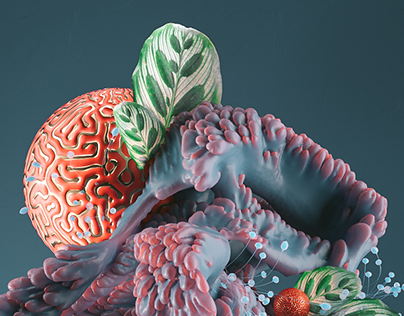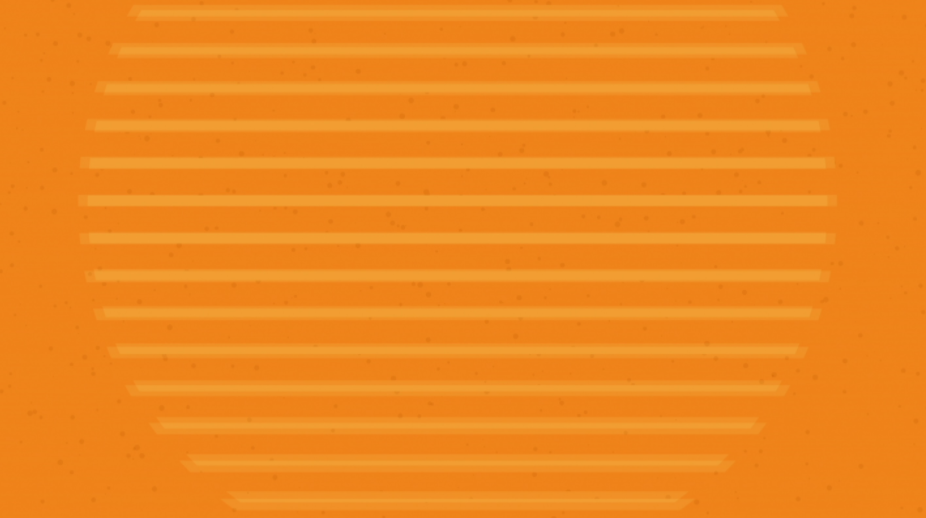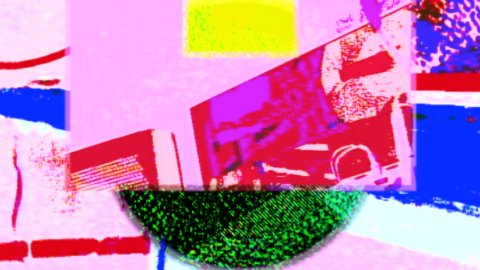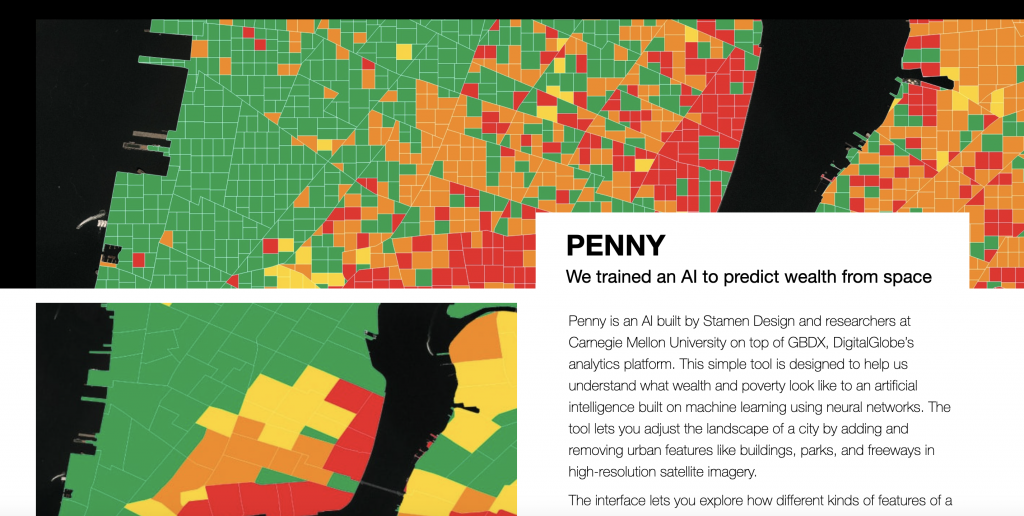Computer Orchestra was created in 2013 by Fragment.in, an artist collective comprised of Laura Perrenoud, David Colombini and Marc Dubois. They used Processing, SimpleOpenNI, and OpenKinect to create this project. Computer Orchestra is an interactive installation that uses multiple computers to allow the user to conduct their own orchestra. Their hand movements are recognized by a Kinect motion controller that transmits data to Processing through the SimpleOpenNI library. Processing then sends a signal to the main computer which gives instructions to the rest of the screens.
I admire how this piece is made to be accessible. Computer Orchestra crowdsources sounds to use and users can upload their own sounds as well. I also admire that there is a visual component to the project, along with the sound the program creates aesthetically pleasing sound waves on the screen that enhance the experience. It’s amazing to see how just one person can create the feel of an entire orchestra.
Fragment.in states that they use their work as a way to question the impact of the digital on everyday life. These artistic sensibilities are seen in Computer Orchestra through the way it highlights how one person can replace an entire orchestra with the use of digital.
![[OLD FALL 2020] 15-104 • Introduction to Computing for Creative Practice](../../wp-content/uploads/2021/09/stop-banner.png)




